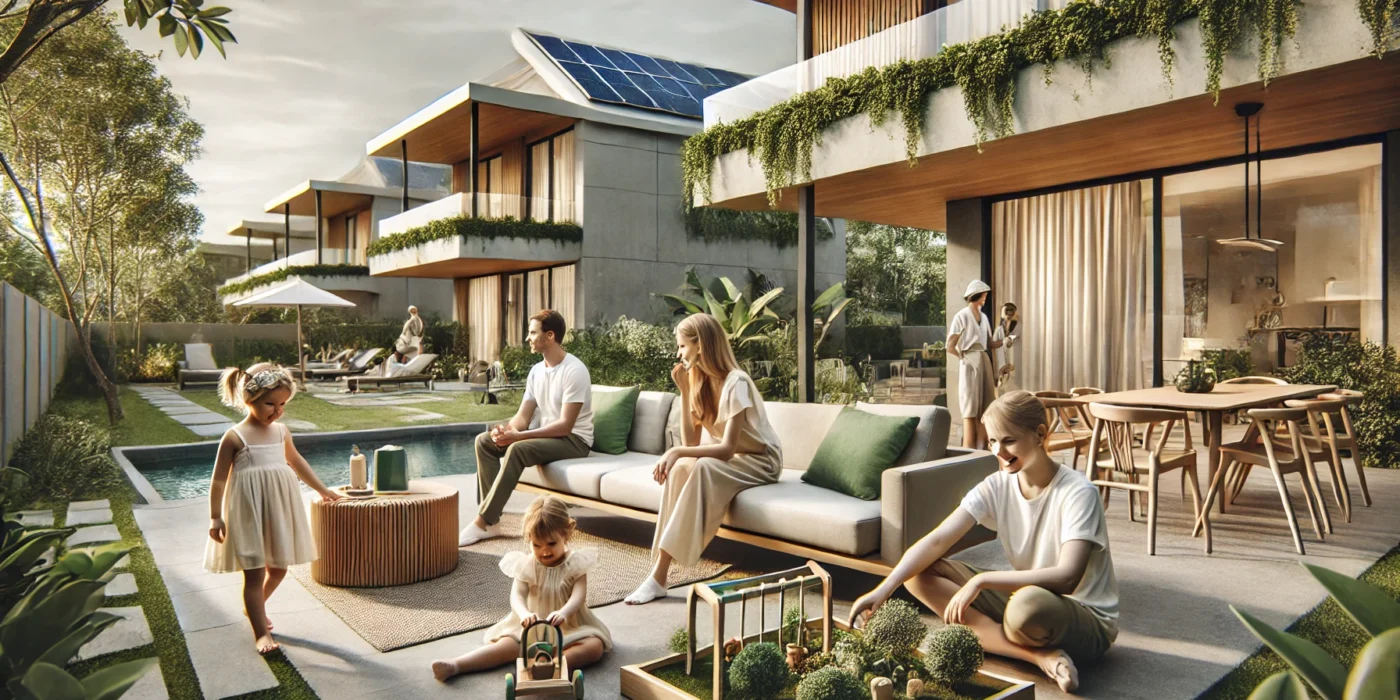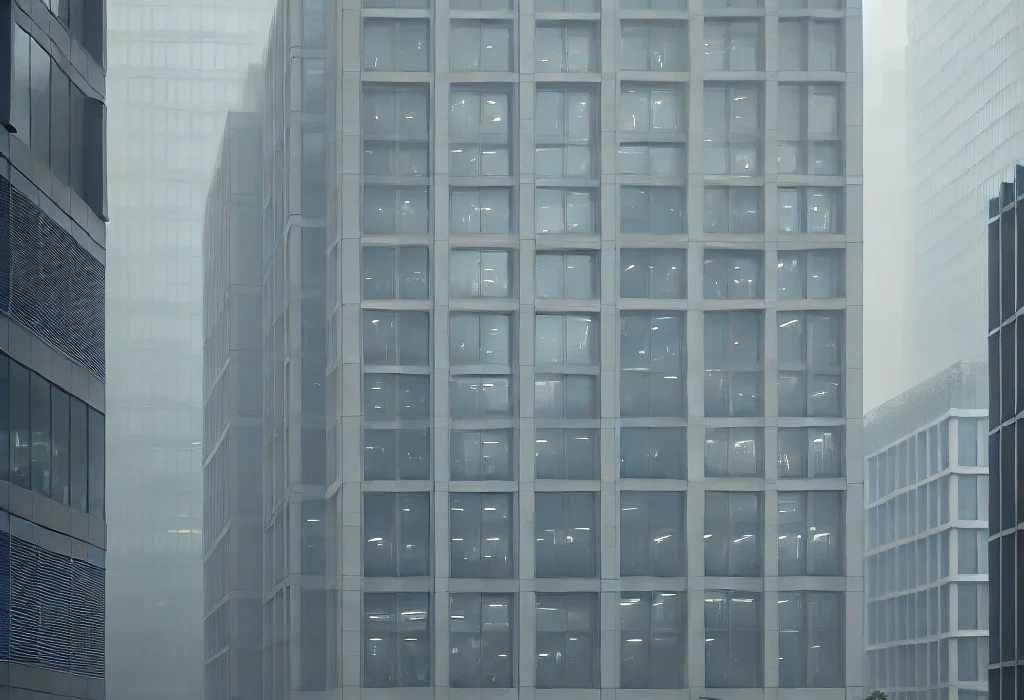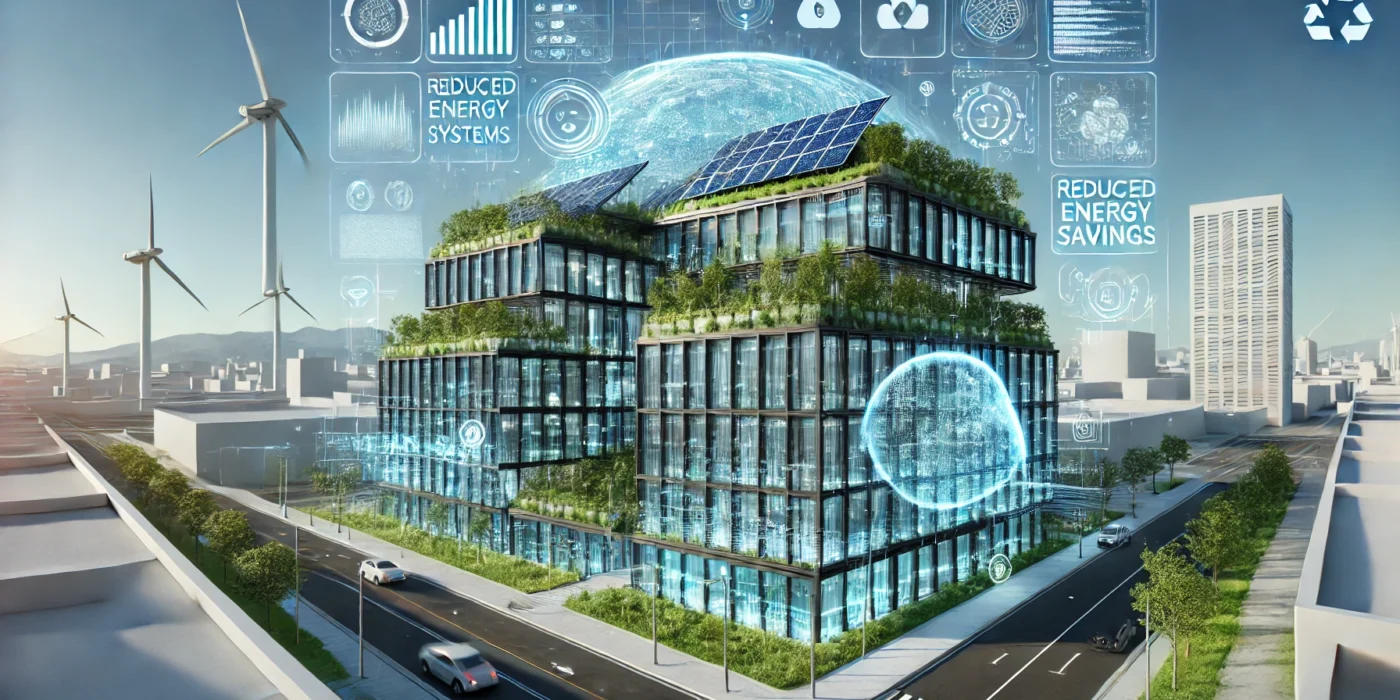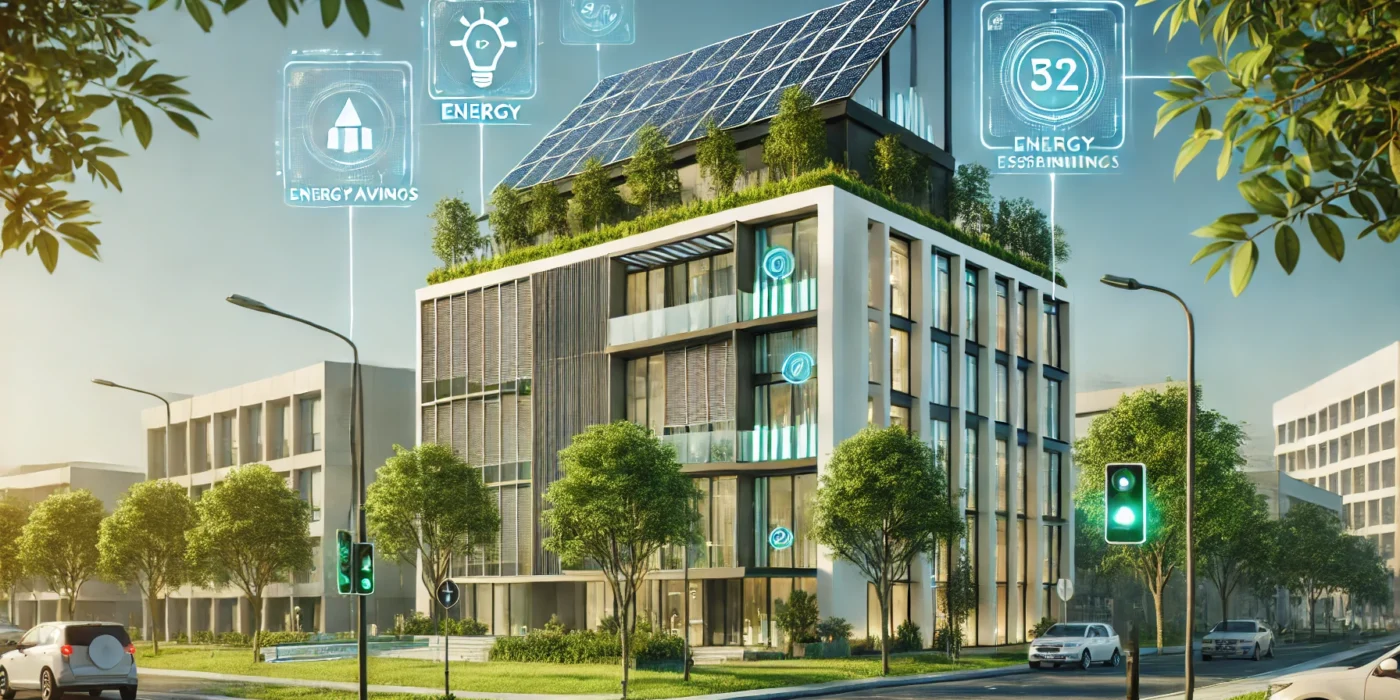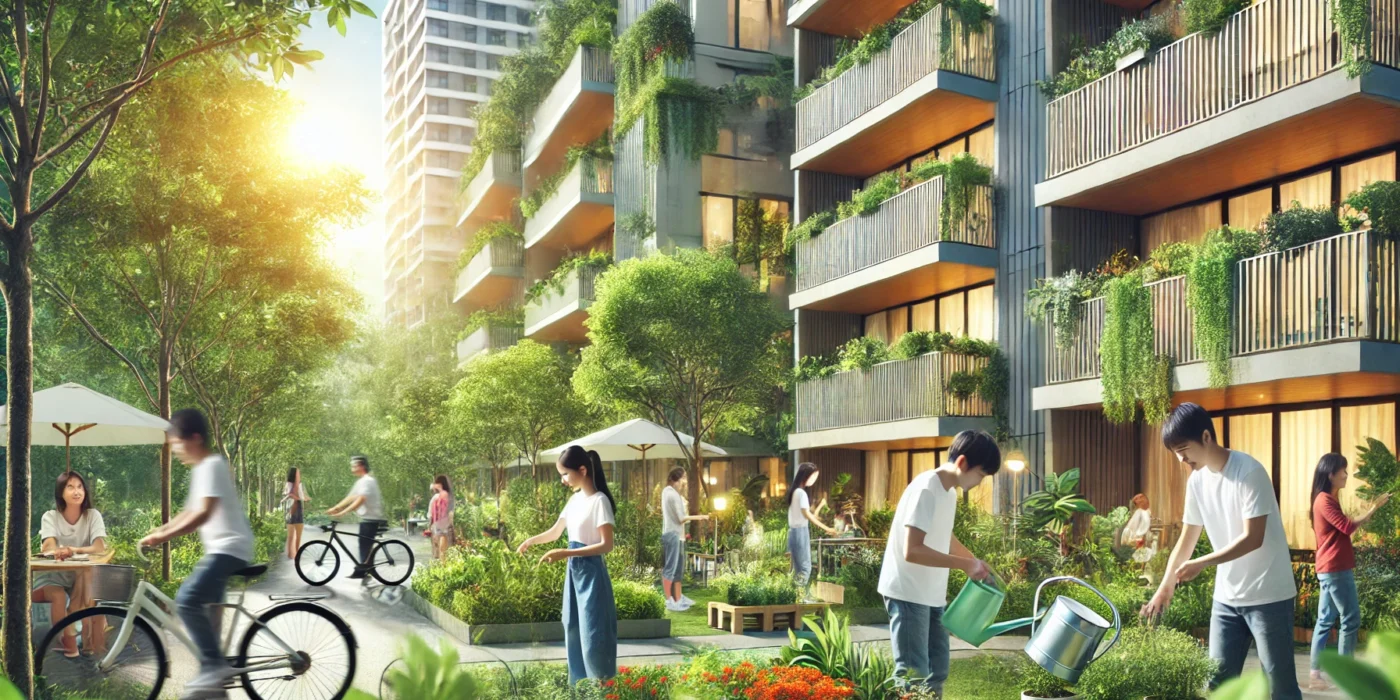Screen-Free Sustainability: Cultivating Responsible Habits for the Next Generation
Parents are worried about their children’s overexposure to screens. Aside from health issues, this can also lead to exposure to inappropriate content that can affect children’s mindsets. Let’s take an eco-conscious approach to resolve this problem.
The Treppan Living concept focuses on a healthy, eco-conscious, and wellness-focused way of living. By combining the Treppan Living sustainable concept with strategies to limit mobile usage, families can create a balanced lifestyle that fosters both personal well-being and environmental consciousness. Reducing screen time and reconnecting with nature, while promoting sustainability in everyday life, helps children grow into responsible, eco-conscious individuals. In doing so, they can develop not only a deep respect for the environment but also healthier relationships with technology. This balanced approach ensures that children enjoy the benefits of modern living while maintaining a connection to the natural world, encouraging them to be mindful consumers and responsible stewards of the planet.
Here are a few ways to nurture eco-consciousness in growing children:
Connecting with Nature
Why it’s important: Getting kids outdoors helps them connect with nature, appreciate the environment, and learn the value of taking care of it.
How to do it: Make outdoor time a regular thing. Take them to parks, forests, or even the backyard for activities like hiking, birdwatching, or exploring. Encourage children to touch and feel the natural elements around them. These moments improve their health, boost their mood, and spark a love for the planet.
Mindful Living
Why it’s important: Teaching mindfulness helps kids stay calm, focused, and aware of their emotions.
How to do it: Try simple activities like meditation, yoga, or even deep breathing exercises. These practices can help them handle stress better, improve focus, and feel more grounded.
Gardening and Growing Your Own Food
Why it’s important: Gardening teaches kids about sustainability, patience, and the effort behind growing food.
How to do it: Start a small veggie or herb garden at home or join a community project. Let kids get involved with planting, watering, and harvesting—they’ll love seeing their hard work turn into real food. It will help them understand the efforts that go into growing food and consequently make them more conscious about food waste.
Eco-Friendly Choices
Why it’s important: Learning to reduce waste and consume responsibly helps kids build sustainable habits early on.
How to do it: Show them how to recycle, reuse, and upcycle. Teach them to pick local, eco-friendly products and find creative ways to turn old items into something new.
Sustainable Transportation
Why it’s important: Walking, biking, or using public transport reduces emissions and keeps everyone active.
How to do it: Walk or bike as a family whenever possible, or encourage public transportation for short trips. Make it fun by organizing a family bike ride instead of taking the car.
Saving Energy
Why it’s important: Energy conservation helps reduce your family’s carbon footprint.
How to do it: Teach kids simple habits like turning off lights, unplugging devices, and using natural light during the day. Help them understand the significance of each action. Small changes add up and create lasting awareness about saving energy.
Smart Food Choices
Why it’s important: Eating plant-based and reducing food waste supports both health and sustainability.
How to do it: Cook healthy meals with your kids using local, organic ingredients. Show them how to use leftovers creatively, compost scraps, and plan meals to avoid waste. This activity can also serve as a complementary addition to gardening.
Getting Involved in the Community
Why it’s important: Joining local eco-projects teaches kids about social responsibility and teamwork.
How to do it: Participate in tree planting, clean-ups, or recycling drives as a family. These hands-on experiences help kids see the impact of their efforts while connecting with the community. Encourage them to ask questions about the activities and their impacts.
Choosing Eco-Friendly Toys
Why it’s important: Sustainable toys made from natural materials are safer for kids and better for the planet.
How to do it: Look for toys made of wood, bamboo, or cotton instead of plastic. Encourage creative play. Share how these toys are made—how they come from nature and return to nature. This will nurture a long-term mindset toward consumption in the children.
At Treppan Living, our mission is to foster a healthier, less gadget-dependent environment for younger generations. We aim to achieve this by incorporating thoughtful elements and innovative ideas that encourage balance, creativity, and meaningful connections, both with nature and the people around us.

